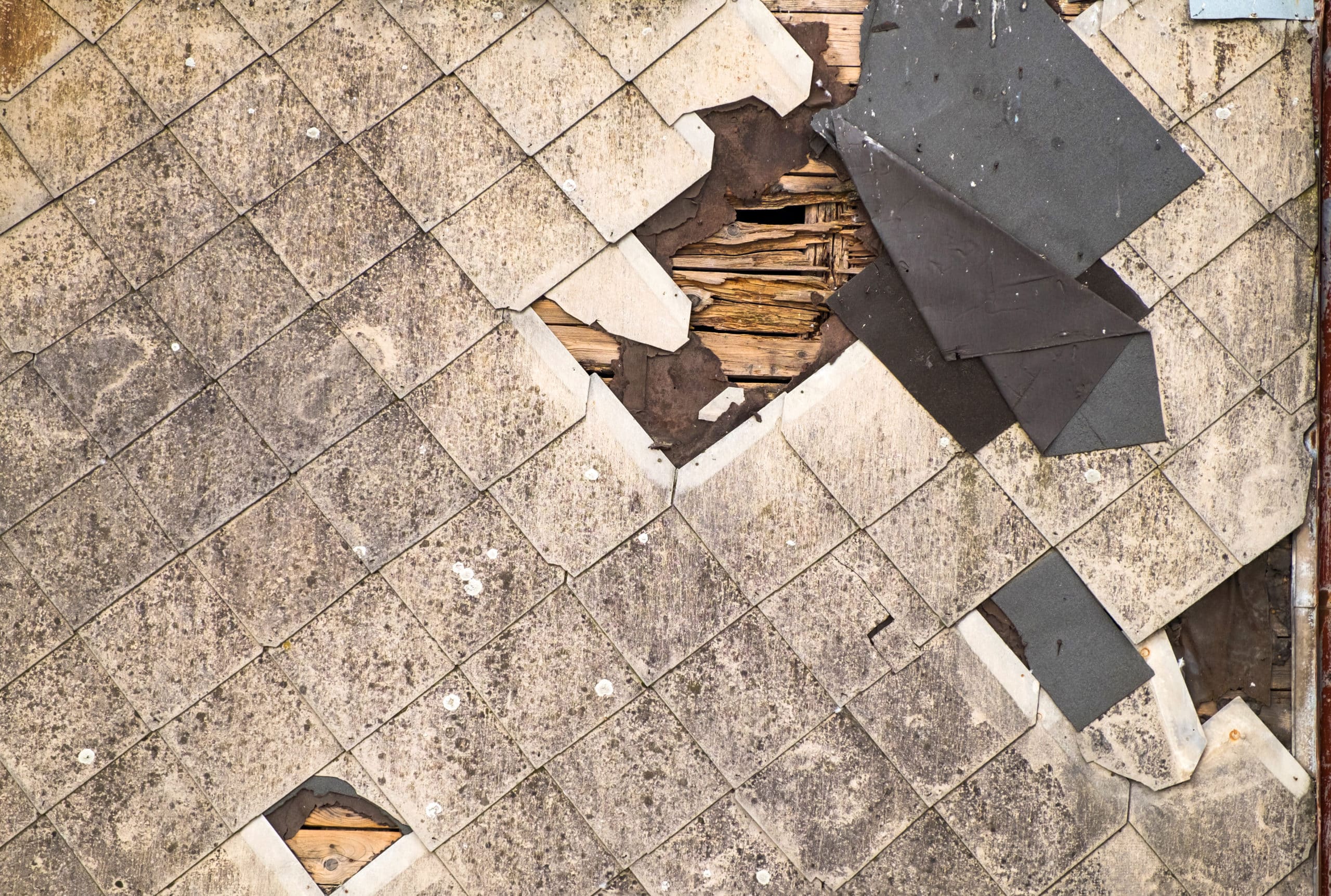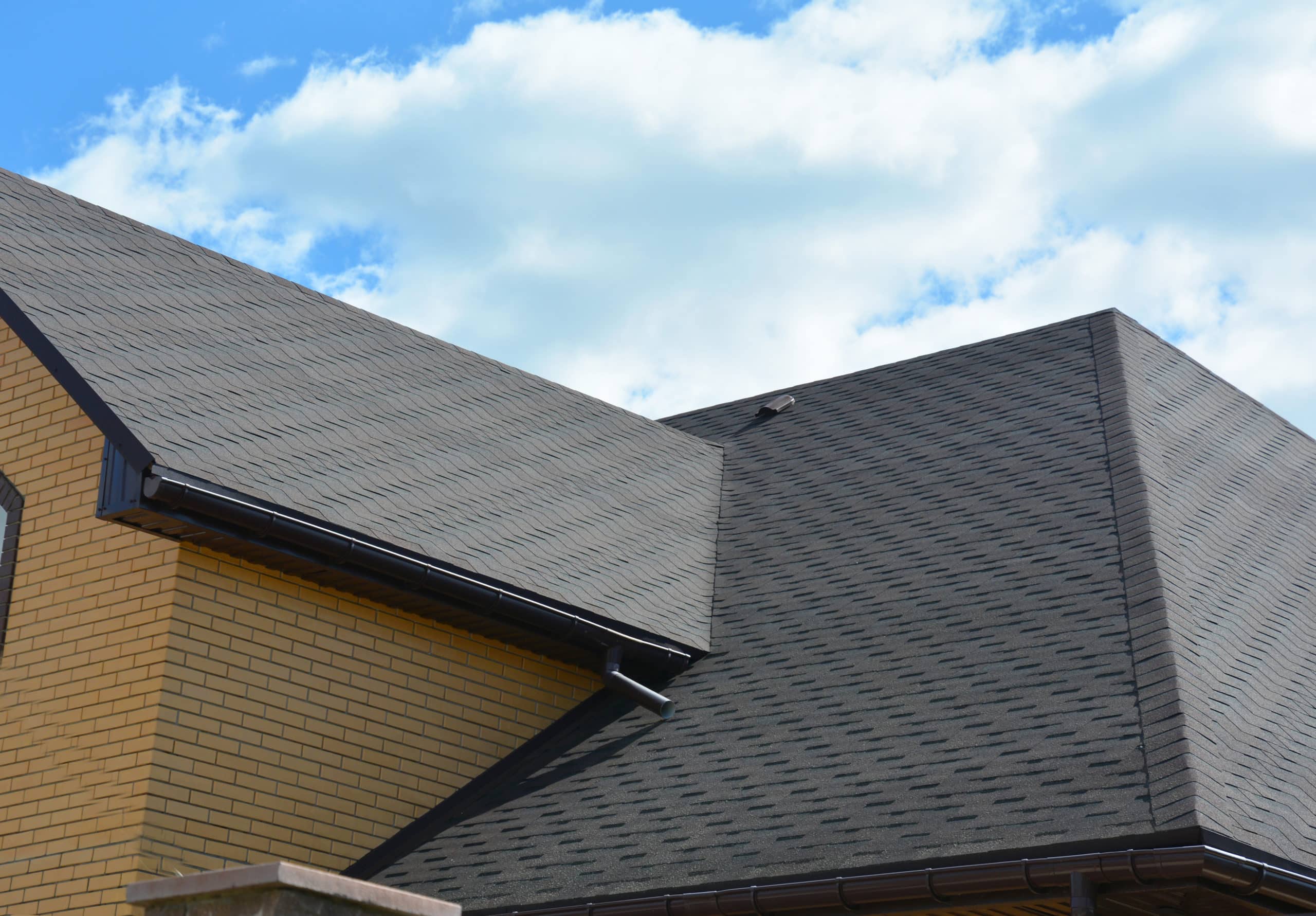Sometimes, you may notice odd shapes or distortions on your asphalt shingle roof, particularly on scorching summer days. Commonly known as “roof blisters” or “roof ridges,” these distortions originate from installation or quality issues.
While a new asphalt shingle roof may last for decades, a poor quality (or improperly installed) roof could experience problems early on.
ROOF BLISTERS: CAUSE AND CURE
Roof blisters and roof ridges can affect both your shingle roof’s aesthetics and performance. If you do see roof blisters or roof ridges, monitor them closely. If they pop and expose the asphalt, the shingles won’t be protected and will age prematurely from the sun’s harsh rays.
Let’s dive into some common causes of roof blisters and roof ridges and notes to prevent them from appearing.
DEFECTIVE SHINGLES
The quality of the roofing materials is the most significant source of roof blisters.
- Trapped Moisture. Shingles contain three layers: backing, asphalt, and granules. If moisture gets trapped between layers, they will expand on a hot day. This expansion causes bubbles or blisters. Luckily, once the water evaporates, the blister should disappear. While quality shingles will withstand the expansion and contraction of the blister, others will pop from the slightest impact.
- De-Granulation. If the asphalt layer was inconsistently applied, it could vary in thickness across the shingle. Thin spots can melt in the sun’s heat and lose their grip on the protective granules covering them, and if the granules get swept away, the shingles are likely to fail prematurely due to UV exposure.
Make sure you work with an established roofing company that uses quality materials. If the company won’t share the brands they use, that is a red flag.
IMPROPER VENTILATION
Excessive heat is brutal on shingles, causing them to age prematurely. A well-ventilated roof system releases heat and moisture from the attic and roof structure, lowering the overall temperature of the attic and roof and potentially extending the life of your shingles.
- Overheating. A poorly-ventilated roof in full sun is susceptible to overheating. In addition to causing roof blisters, overheating can cause other deformities such as warped decking or trusses, which can push the shingles up into roof ridges or undulating formations.
- Thermal Shock. This effect is caused by extreme and sudden temperature changes, such as a hot day with rain. A poorly ventilated roof is more susceptible to thermal shock because it gets even hotter throughout the day, making the temperature drop more extreme. Thermal shock can also cause buckled or curled shingles, particularly with older shingle roof systems.
Proper ventilation systems include both exhaust vents (towards the ridgeline, where the warm air can exit) and intake vents (in the soffits under the eaves, which draws in cooler air as the warmer air leaves the exhaust).
Adequate ventilation is critical, not only for your asphalt roof but also for your heating and cooling budget. Check your roof ventilation if you see any roof blisters or roof ridges.
INSTALLATION ISSUES
Maybe you bought a house from a do-it-yourselfer, or perhaps your last roofing contractor wasn’t certified. Either way, lousy installation practices can cause wrinkles and roof ridges.
- Nail Pops. If a nail is too short to reliably stay in place or wasn’t hammered in securely, it can start popping back up. As it pops out, it pushes the shingle up, creating roof ridges or wrinkled-looking areas. This raised area may break the adhesive seal as it pulls away from the shingle below, or you can have holes where loose nails have fallen out. Both issues create opportunities for leaks.
- Underlayment Problems. When the underlayment is incorrectly installed or gets wet during installation, it may wrinkle. Felt-based underlayment is more likely to wrinkle if it gets wet, whereas fiberglass-reinforced underlayments are more resistant to this issue.
- Lack of Underlayment. If your contractor didn’t install underlayment (this would not be per code), you might notice a picture framing effect on your roof. Picture framing appears as slight roof ridges that outline the sheathing boards under the shingles. While this issue may not be as visible as some of the other concerns, it can still affect the performance and durability of your roof.
If you notice even one of these issues, have your roof checked for any additional problems with the installation. If your roof hasn’t been properly installed, there is no way to prevent these issues. You’ll want to fix them as soon as possible.
ROOF BLISTERING VS. HAIL DAMAGE
Often, it’s difficult to tell if you see a roof blister or hail damage on an asphalt roof. While both may appear similar, blisters and hail damage have different causes and fixes.
To tell the difference, look closely at the damaged area. If you see indentations or other markings, that indicates impact damage from hail, sticks, or other materials. However, if the site is flat, you’re probably looking at roof blisters caused by de-granulation on the shingles.
HOW TO FIX ROOF BLISTERS OR ROOF RIDGES
No matter which issue is causing the roof blisters or ridges, our recommendation is the same: get a qualified roofer out to check the problem areas and determine what’s happening.





